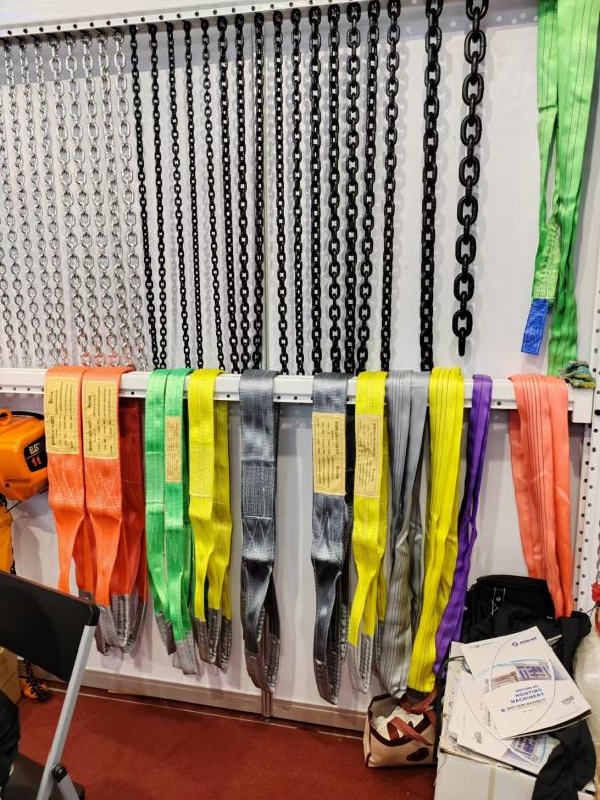


Safe Use of Chain Blocks Ensuring Safety and Efficiency in Lifting Operations
Chain blocks, also known as chain hoists, are essential tools used for lifting heavy loads in various industries, including construction, manufacturing, and warehouses. However, the safe use of chain blocks is paramount to prevent accidents and injuries. This article explores the key aspects of using chain blocks safely while ensuring operational efficiency.
Understanding Chain Blocks
A chain block is a mechanical device consisting of a chain, pulleys, and a hook. It operates by pulling down on a lever or chain, which engages the mechanism to lift a load. While they are incredibly useful for moving heavy items, improper use can lead to significant risks, including equipment failure and personal injuries. Therefore, understanding their operation and adhering to safety protocols is crucial.
Key Safety Considerations
1. Inspect the Equipment Regularly Before using a chain block, conduct a thorough inspection. Check for any signs of wear and tear, including frayed chains, corroded hooks, and damaged gears. Regular maintenance is essential to ensure that the equipment operates correctly and safely, as neglecting maintenance can lead to catastrophic failures.
2. Know the Load Limit Each chain block has a specified load capacity. It is crucial to know the weight of the load you intend to lift and ensure it does not exceed the block's rated capacity. Overloading can cause the chain hoist to fail, which may result in serious injuries or damage to property. Always follow the manufacturer’s guidelines regarding weight limits.

3. Properly Secure the Load When using a chain block, ensure that the load is properly secured before lifting. Utilize appropriate rigging equipment such as slings or shackles to prevent the load from slipping or falling. There should be no obstructions or loose items in the vicinity that could interfere with the lifting process.
4. Maintain a Clear Work Area Safety is not just about the equipment; it’s also about the environment. Ensure that the area around the lift is clear of unauthorized personnel and obstructions. Designate a safe perimeter to keep bystanders away from the lift area, reducing the risk of accidents.
5. Train Operators Thoroughly Only trained personnel should operate chain blocks. Proper training not only includes understanding how to use the equipment but also covers recognizing hazards, emergency procedures, and best practices. Implementing a training program ensures that operators are knowledgeable and confident in their handling of chain blocks.
6. Use Protective Gear Operators should wear appropriate personal protective equipment (PPE) when working with chain blocks. This includes hard hats, gloves, and steel-toed boots, which help reduce the risk of injury in case of an accident.
7. Follow Manufacturer Instructions Always adhere to the manufacturer's instructions and guidelines for the specific chain block being used. Each model may have different features or requirements that are crucial for safe operation.
Conclusion
The safe use of chain blocks is critical to ensuring efficient and incident-free lifting operations. By following the guidelines outlined above—such as routine inspections, understanding load limits, securing loads, maintaining a clear workspace, investing in proper training, using PPE, and following manufacturer instructions—operators can minimize risks and enhance safety. By fostering a culture of safety and vigilance, businesses can protect their workforce and ensure smooth operations in their lifting tasks. Remember, safety is an ongoing process, and commitment to proper practices is key to success.



